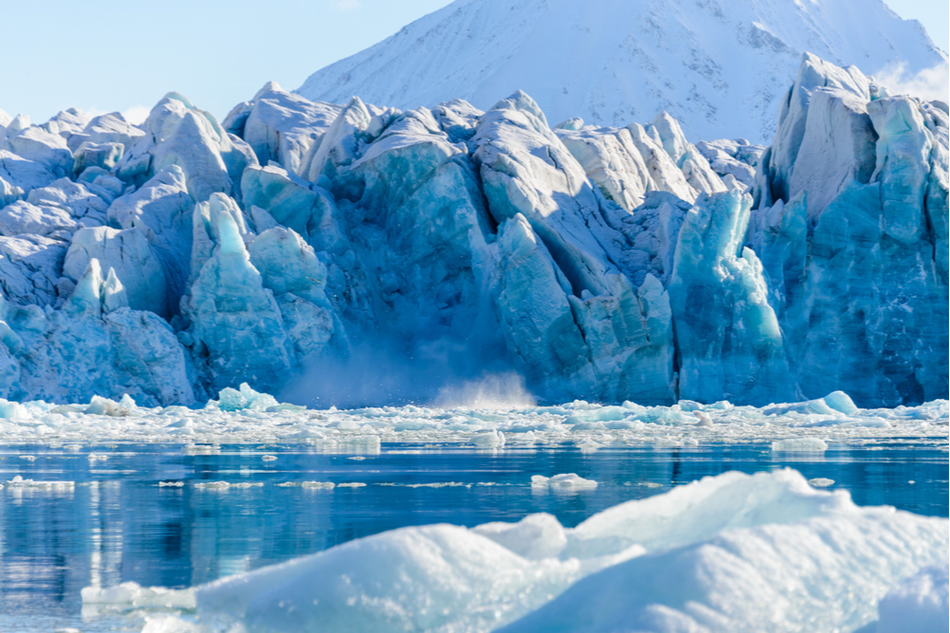Scientists seeking to study how the river in the Ross Ice Shelf in Antarctica has been impacted by climate change were surprised to find a lot more than they bargained for. While on the mission, the team (made out of professors and experts from a range of universities and organizations) found living, crab-like creatures an impressive 1,600 feet below the ice in a freshwater river.
The researchers described these beings as amorphous, meaning that they’re in the same family as crabs, lobsters, and mites.
“For a while, we thought something was wrong with the camera but when the focus improved, we noticed a smart of arthropods around 5mm in size,” says Craig Stevens, professor of Physical Oceanography at the National Institute of Water and Atmospheric Research (NIWA).
“We were jumping up and down because having all those animals swimming around our equipment means that there’s clearly an important ecosystem there. We’ve taken some water samples back to the lab to look at the DNA and other properties of the water to see what makes it unique, as we were observing something not seen in other systems close by,” Stevens adds.
While it is well known among the scientific community that there are freshwater lakes and rivers beneath the Antarctic, these bodies of water haven’t yet been physically studied. This discovery marks the very first time that researchers have investigated the freshwater bodies under the ice—however, considering that wildlife was found here, more scientists will likely flock to conduct more studies.












